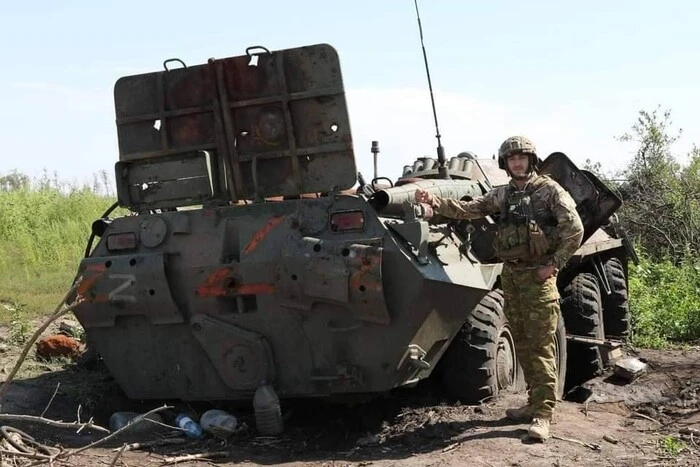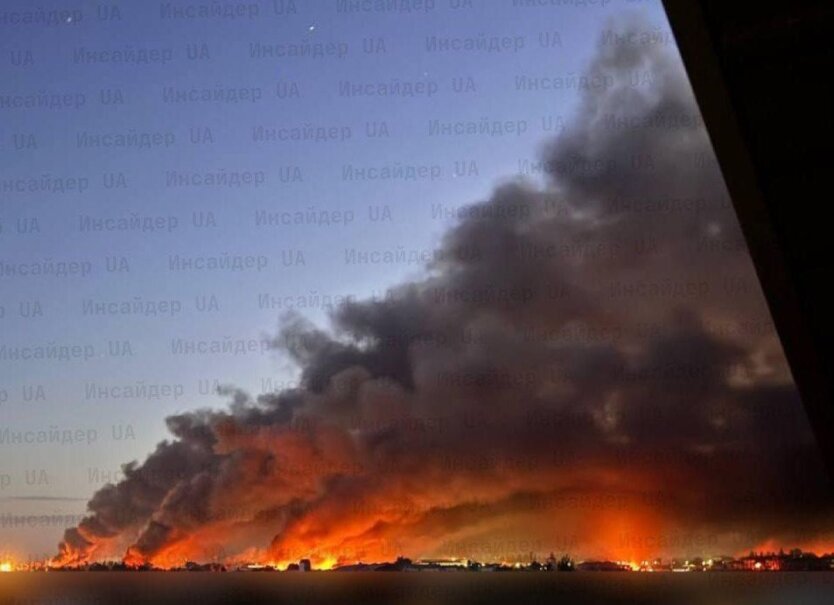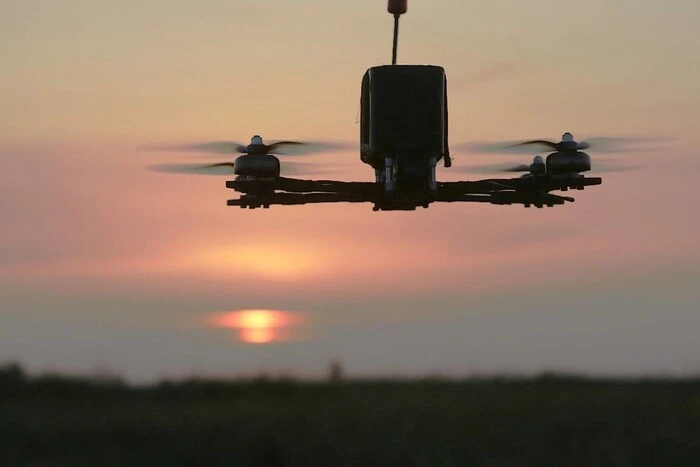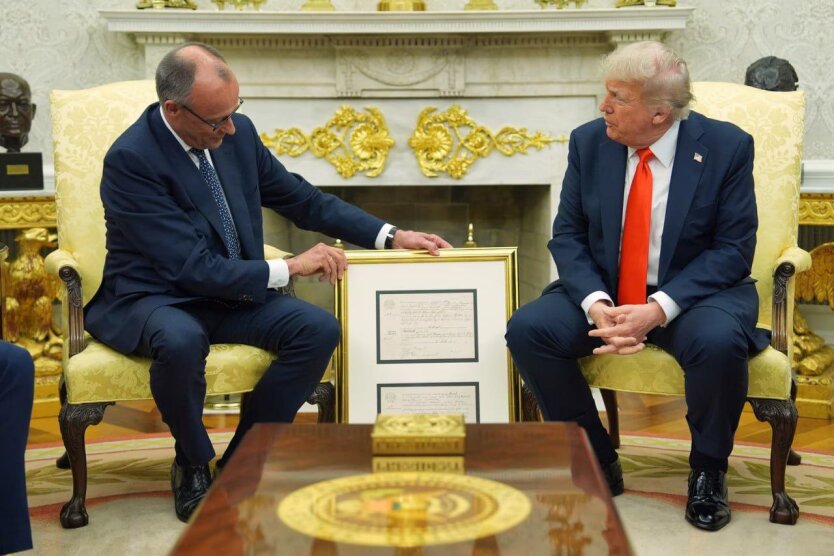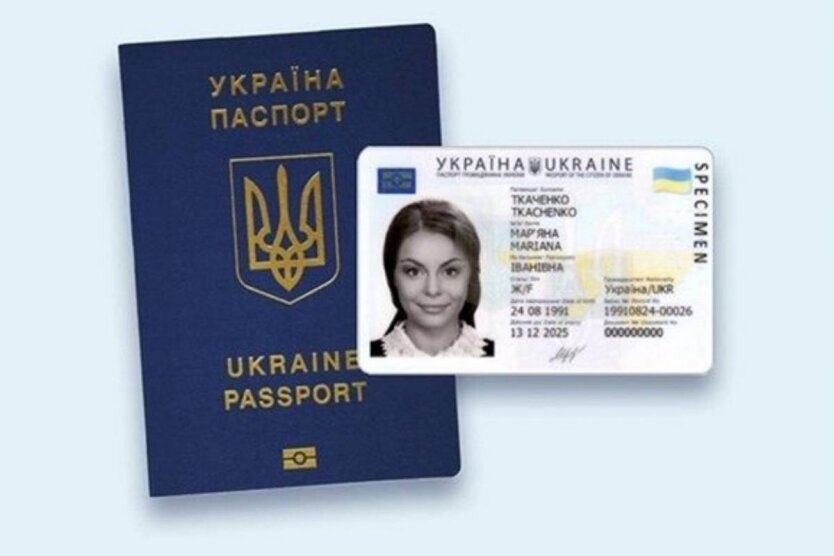Europe assessed whether they will survive the winter without Russian gas.

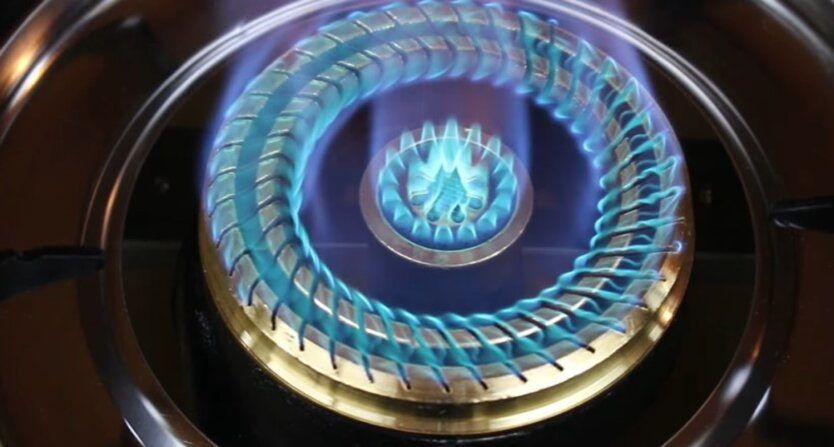
EU politicians divided over gas supplies from Russia
European Union politicians are divided on whether Russia should remain the second-largest supplier of natural gas to Europe. This is stated in the article by Neue Zürcher Zeitung, writes BRIEFLY.
In the last two years, European politicians have been concerned about whether there will be enough gas for the winter. However, Georg Zachmann from the Bruegel think tank gives an optimistic winter forecast. "If everything goes well, Europe will have more than enough gas next winter," he writes.
Firstly, Europe has prepared well – gas storage facilities in many places are almost fully stocked thanks to systematic government actions. They have systematically increased stocks in recent months. They should be enough to supply EU countries with gas for 2-3 winter months.
Secondly, since the start of the energy crisis, gas demand has dropped as many households and companies have cut consumption due to high prices. People have saved electricity wherever they could and put on warm sweaters when needed.
Thirdly, Europe is currently less dependent on supplies from a single supplier country. The main reason for this is the shift towards LNG. As noted, after the conflict in Ukraine began, many countries quickly built additional terminals where liquefied natural gas could be unloaded. Since it is transported by ships, Europe can essentially buy gas anywhere in the world.
However, risks still exist. For example, pipeline gas from Norway is gaining importance, now providing a third of all European imports.
According to energy expert Georg Zachmann, it is unlikely that the Norwegian government will use gas supplies to pursue aggressive power policies towards Europeans. However, sabotage of infrastructure in the North Sea is possible.
Currently, gas supplies from Norway appear stable. The situation is quite different with the second-largest supplier – Russia.
At the same Time, the share of Russian gas in EU imports remains at around 20%. Austria, Slovakia, and Hungary continue to receive large volumes of supplies from Russia. A significant portion of gas is transported via the transit route through Ukraine. There is a risk of supply reduction if the pipeline is damaged during hostilities.
It is also possible that the Ukrainian government will attempt to block supplies next winter, thereby exerting political pressure on EU countries.
Thus, overall future supplies of gas from Russia remain uncertain. Some contracts signed at the start of the conflict are ending at the end of the year. In turn, a number of politicians in Brussels have called on EU members to do without gas supplies from Russia in the future.
However, government representatives from countries still receiving cheap Russian gas view this differently. They advocate for its continued availability. "Gas supplies from Russia threaten to become a political divider for the EU," Zachmann emphasized.
Earlier it was reported that Ukraine proposed an innovative gas supply scheme to Europe.
Read also
- Enemy losses as of July 4, 2025 – General Staff of the Armed Forces of Ukraine
- The enemy launched a massive strike on Kyiv: consequences of the 'arrivals'
- Frontline situation as of July 3, 2025. Summary of the General Staff
- Bild: Germany negotiates with the USA on the transfer of Patriot systems to Ukraine
- The Ministry of Justice explained how to restore documents lost during the war
- The capabilities of unmanned systems struck the 'Energia' factory in Yelets and the ammunition depots of the occupiers

